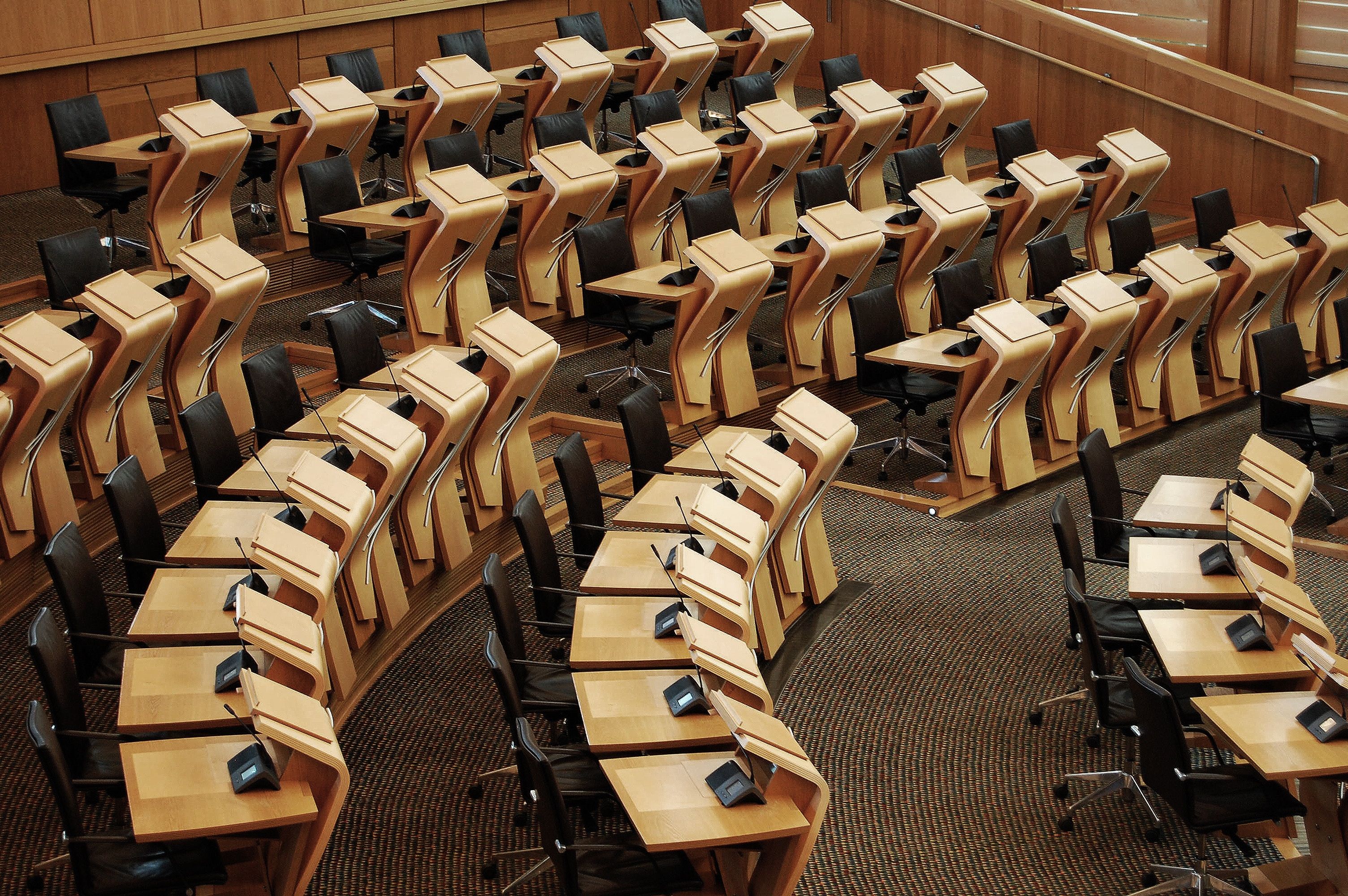Set a 100% renewable energy generation and use target
Set a revised and more ambitious target for renewable energy – overwhelmingly renewable by 2030 and 100% of energy used and generated in Scotland to be from renewables by 2035.
The current target is that renewables should provide 50% of all energy consumed by 2030, covering electricity, heat and transport. There is also a target for a ‘largely decarbonised’ electricity system by 2032. These targets were set when Scotland’s climate targets were a 66% reduction by 2032, and only 80% by 2050, rather than the current 75% by 2030 and net zero by 2045.
The draft Energy Strategy includes two very different and incompatible ambitions for Scotland’s future energy demand: at least the equivalent of 50% of energy use to come from renewables by 2030, and; energy use to be ‘largely decarbonised’ by 2030.
The Scottish Government’s own analysis has shown that the latter ambition – which is necessary to meet our climate targets – is not possible through relying on Negative Emissions Technologies such as CCS and blue hydrogen. Such technologies are demonstrably incapable of contributing to emissions reductions over the next decade, and serve only to prolong the life of the fossil fuel industry and distract from the real solutions to the climate crisis.
SCCS’ policy to phase out fossil fuels as quickly as possible means that in future energy use in Scotland will mostly be in the form of electricity plus some biomass. To deliver this policy, the additional gas fired power station proposed for Peterhead must be rejected.120
The energy target should be increased to 100% of energy generated and used in Scotland to be from renewable sources by 2035 at the latest, with energy overwhelmingly from renewables by 2030.
The nuclear reactors at Torness are due to shut down in 2028 at the latest. Just Transition plans for workers and communities currently reliant on the power stations at Torness and Peterhead are crucial to identify and support opportunities for retraining, investment and redeployment into jobs in the green economy, including in renewables and energy efficiency, making best use of the skills and experience of the workforce.
Policies should be carefully designed to give extra support to groups who will find it harder to transition away from fossil fuels, including rural communities, farmers and the fishing industry.
For further information:
- How much is 100%, FoE Scotland, 2010, https://foe.scot/how-much-is-100/
- Scotland ‘can easily’ get to 100% renewables with flexibility, Finnish energy boss says, Energy Voice, 2019, https://www.energyvoice.com/renewables-energy-transition/202556/scotland-can-easilyget-to-100-renewables-with-flexibility-finnish-energy-boss-says/
- 100% Renewable UK home page, https://100percentrenewableuk.org/
- See also the ‘minimise demand for transition materials’ policy in the Waste and Circular Economy chapter.
SSE have proposed to build an extra 910MW gas-fired power station to run alongside the existing plant which is already Scotland’s most climate polluting site. SSE has conceded that “should both of the plants operate simultaneously this will result in an emissions increase from approx. 1.29MtCO2e to 1.54MtCO2e. This would represent 10.7% of the Scottish Carbon Budget in 2034.” https://theferret.scot/newpeterhead- gas-plant-run-at-same-time-as-old/

